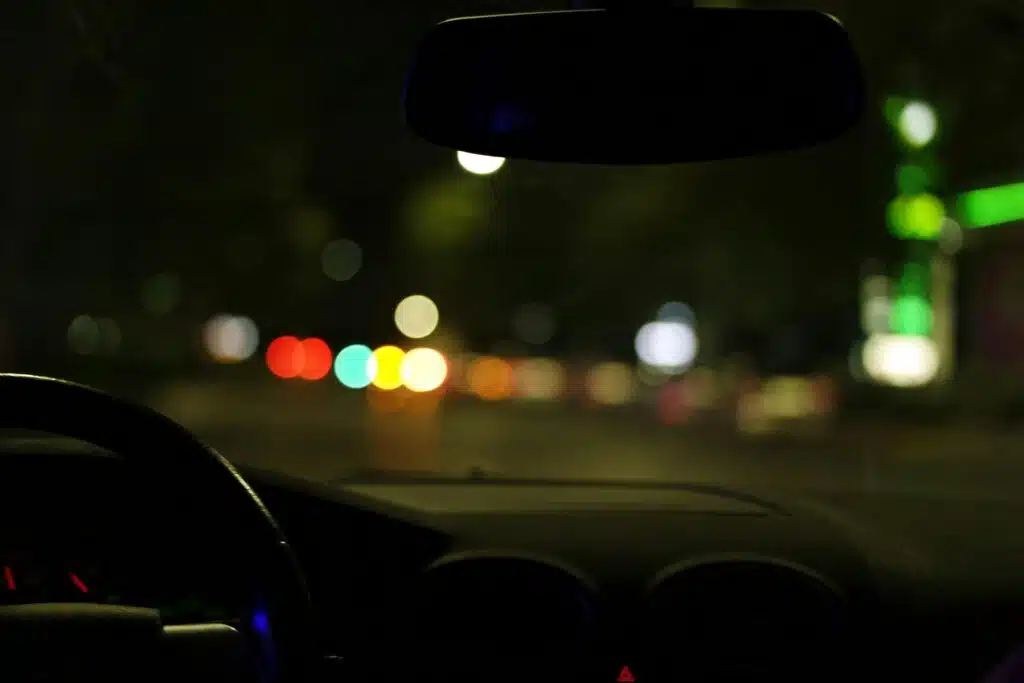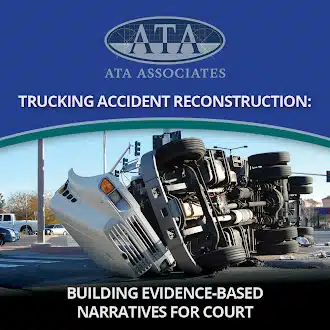Driving after dark presents challenges that even experienced drivers can underestimate. The reduced visibility, glare from headlights, and fatigue all combine to make nighttime driving significantly more dangerous than driving during the day. According to safety data, the risk of a crash increases sharply after sunset. Understanding the factors while nighttime driving can help motorists make safer decisions and minimize their chances of being involved in an accident.
Why Nighttime Driving Is More Hazardous
Nighttime driving brings an entirely different set of conditions than daytime travel. Darkness limits how far a driver can see ahead and makes it difficult to recognize obstacles, pedestrians, or changes in the road. Even familiar routes can become disorienting under poor lighting.
In addition to visibility challenges, low illumination affects how drivers perceive distance and speed. Judging the curve of a road, the position of other vehicles, or the depth of intersections becomes harder. When combined with fatigue or distraction, these factors increase the likelihood of delayed reactions and poor decision-making.
The Impact of Reduced Visibility and Glare
Limited visibility is not just about seeing less—it’s about interpreting less. When light is scarce, human vision relies heavily on artificial sources, such as headlights or streetlights. However, these lights can create uneven brightness, deep shadows, and glare.
Headlight glare is one of the most common hazards drivers face at night. When two vehicles approach each other, the direct light from oncoming headlights can momentarily blind a driver. This temporary loss of vision—sometimes lasting several seconds—can be enough to cause a collision. It’s especially dangerous on two-lane roads where vehicles travel in opposite directions at close range.
The Moth Effect: When Light Becomes a Distraction
A fascinating but dangerous visual phenomenon known as the Moth Effect plays a key role in nighttime crashes. Named after a moth’s instinctive attraction to light, this effect occurs when drivers inadvertently steer toward a bright object, such as an oncoming headlight, roadside sign, or flashing hazard light.
Research shows that drivers tend to fixate visually on sources of intense light. As focus narrows, steering subtly follows the direction of gaze. This unintentional drift can lead to off-road collisions, head-on impacts, or loss of control—especially at high speeds or on curving roads. The Moth Effect demonstrates just how critical it is to maintain conscious control of both attention and steering input when driving in the dark.
Evolving Technology and Changing Light Conditions
Lighting technology has advanced dramatically in recent years. LED headlights and streetlights now provide brighter and whiter illumination than traditional halogen bulbs. While these improvements enhance visibility, they also introduce new challenges.
The sharp intensity and cooler color temperature of LEDs can create increased glare, particularly for older drivers whose eyes take longer to adapt between light and dark. Additionally, inconsistent road lighting—where some areas are brightly lit and others are completely dark—can cause a driver’s pupils to constantly adjust, leading to visual fatigue.
As vehicle and roadway lighting continue to evolve, safety experts stress the need to balance brightness with comfort. Proper alignment of headlights and careful roadway design can greatly reduce glare and improve overall nighttime driving safety.
Behavioral Risks After Dark
While visual factors dominate nighttime hazards, human behavior amplifies the risk. Studies consistently show that traffic violations occur more frequently at night. Driving under the influence of alcohol or drugs, speeding, and fatigue all contribute to a higher rate of nighttime crashes.
Young and inexperienced drivers are particularly vulnerable. Their reaction times and hazard perception skills are still developing, and they may not fully appreciate the limits of visibility after dark. Combined with late-night social driving and fatigue, this can lead to tragic outcomes.
Key Safety Tips for Driving at Night
Even though nighttime driving presents more risks, drivers can take practical steps to stay safe. Incorporating the following strategies reduces exposure to hazards and keeps both drivers and passengers secure:
- Adjust Your Speed – Reduce your speed to match visibility and road conditions. Slower speeds give you more time to react.
- Avoid Distractions – Keep your focus on the road. Avoid using your phone, adjusting the radio, or engaging in distracting conversations.
- Check Your Lights Regularly – Ensure that headlights, brake lights, and taillights are functioning and properly aligned. Dim or misaligned lights can reduce your ability to see and be seen.
- Enhance Visibility – Clean your windshield, mirrors, and headlights frequently to prevent glare and streaks that distort your view.
- Stay Alert – Fatigue is a silent hazard. Take breaks during long drives and avoid getting behind the wheel if you feel drowsy.
- Use Corrective Lenses – If you wear glasses or contacts, make sure your prescription is current. Consider anti-reflective coatings to minimize glare.
- Plan Your Route – Familiarize yourself with your route in advance. Knowing the road reduces last-minute decisions.
- Drive Defensively – Expect the unexpected. Watch for erratic drivers, pedestrians, and wildlife that are harder to spot at night.
Understanding the Factors While Nighttime Driving Can Save Lives
Every year, thousands of accidents occur under the cover of darkness—many of which are preventable. Recognizing the factors while nighttime driving helps motorists adopt safer habits and remain vigilant.
Improved awareness, coupled with proper vehicle maintenance and responsible behavior, can dramatically lower crash risks. Whether you’re commuting home after a late shift or embarking on a long trip, remember: visibility, focus, and preparation are your greatest allies after sunset.
Nighttime driving will always demand extra caution, but with knowledge, attention, and the right mindset, every driver can make the roads safer for everyone.




